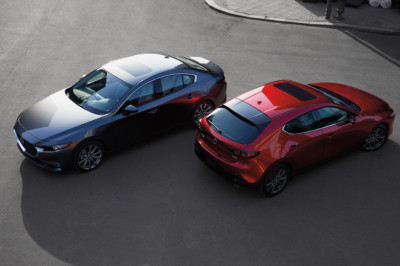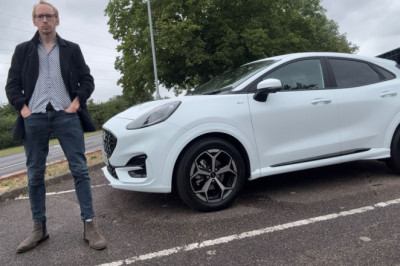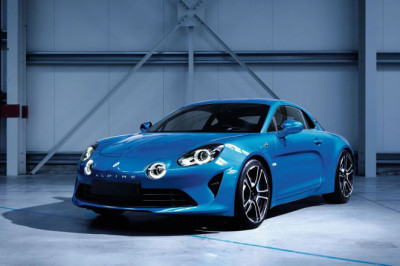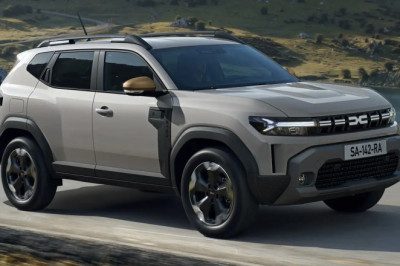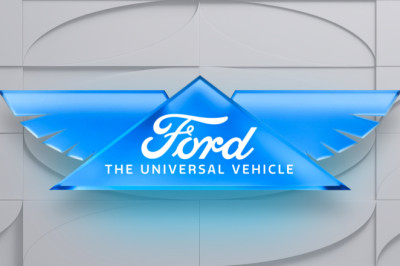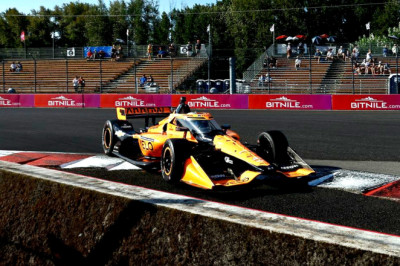
Hydrogen Fuel Cells: The Quiet Contender
Hydrogen FCVs generate electricity onboard by combining compressed hydrogen gas with oxygen from the air, producing only water vapor as exhaust. This clean process allows for zero tailpipe emissions and delivers refueling times comparable to gasoline cars—just 3 to 5 minutes—along with a solid driving range over 300 miles for many models.
Despite these advantages, hydrogen cars remain a niche offering. The limited network of hydrogen refueling stations restricts their use mostly to specific regions like California in the U.S., parts of Europe, Japan, and South Korea. Here, automakers such as Toyota with its Mirai, Hyundai’s Nexo SUV, and the upcoming Honda CR-V e:FCEV are gradually building a presence. Honda’s CR-V model is notable for combining plug-in battery EV capabilities with a hydrogen fuel cell, aiming to ease range anxiety by letting shorter trips run purely on battery power and longer journeys use hydrogen.carexamer+2
Automakers are also investing heavily in fuel cell technology for commercial vehicles, including trucks and buses, which benefit from hydrogen’s longer range and faster refueling compared to batteries. Hyundai’s XCIENT fuel cell trucks have been operational in Europe since 2020, with plans to scale production significantly by 2025. Toyota continues to develop heavy-duty fuel cell modules alongside their passenger cars.fastechus
Challenges and the Future Outlook
The biggest obstacles remain infrastructure and energy efficiency. Building out a widespread, accessible hydrogen refueling network is expensive and progressing slowly. By mid-2022, only about 17,000 hydrogen cars were active on U.S. roads, all concentrated in California. Meanwhile, battery EV infrastructure—charging stations and home units—has expanded rapidly worldwide.caranddriver
Energy-wise, producing hydrogen via electrolysis (splitting water into hydrogen and oxygen using renewable electricity) is less efficient overall than directly charging a battery EV. This “energy conversion loss” leads some critics to question hydrogen’s viability for passenger cars.
Despite this, proponents argue hydrogen’s fast refueling and longer range make it invaluable for specific scenarios like long-haul trucking, commercial fleets, and regions where building a charging network is more complex. Governments in California and the EU have set ambitious targets for hydrogen station rollout and fuel cell vehicle adoption over the next decade, indicating continued support.carexamer
Other Emerging Fuel Technologies
Besides hydrogen and battery EVs, the automotive industry is exploring synthetic fuels (e-fuels) that can power internal combustion engines more cleanly, biofuels derived from renewable organic matter, and advanced battery chemistries improving energy density and charging speeds. Hybrid fuel cell and battery systems, like Honda’s upcoming plug-in FCEV CR-V, represent an innovative blend to maximize advantages.fastechus
Conclusion: A Complementary Future
In 2025, hydrogen fuel cell vehicles remain a technology ready and refined but still waiting for broader infrastructure and market momentum. For most drivers, battery electric cars dominate as the accessible and practical green alternative. Yet hydrogen quietly advances, especially in commercial transport and select markets, poised to complement—not replace—battery EVs in a diversified, net-zero transportation future.
As automakers increase investments in hydrogen production, distribution, and fuel cell innovation, the next decade will reveal whether hydrogen’s promise becomes a key part of sustainable mobility or remains a specialized niche. For now, it stands as a promising, if cautious, contender in the race toward clean driving.






